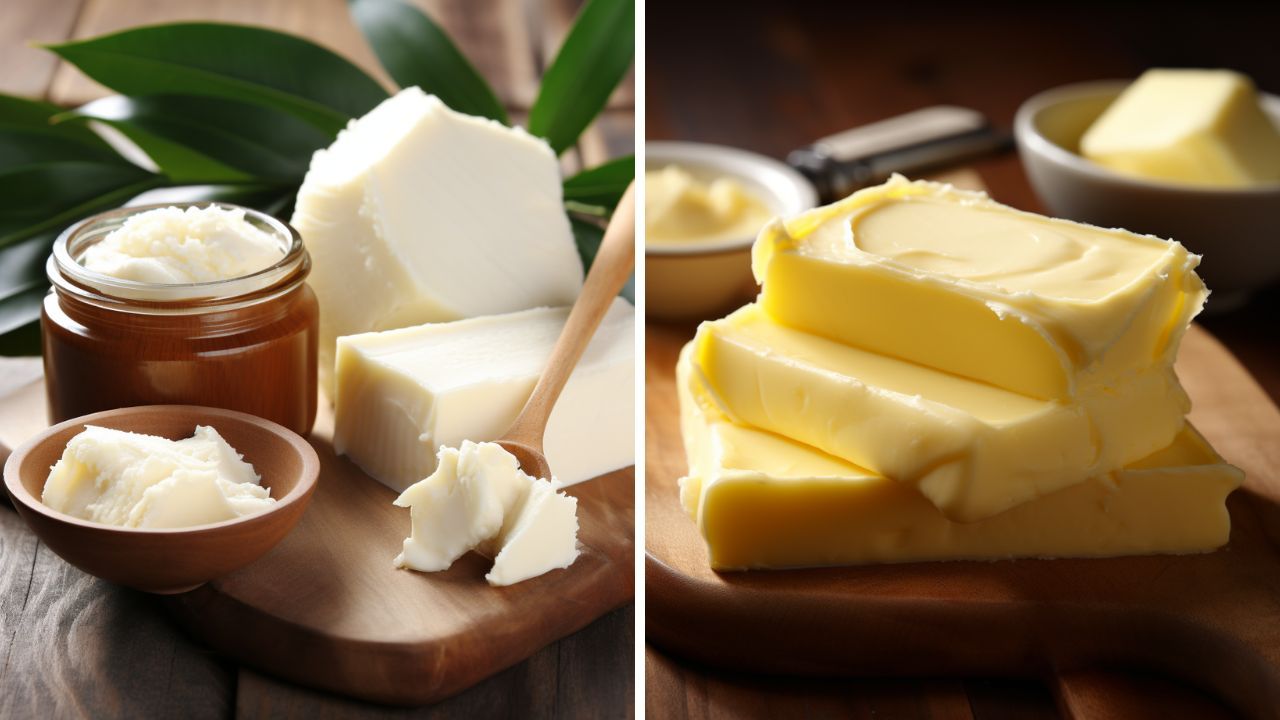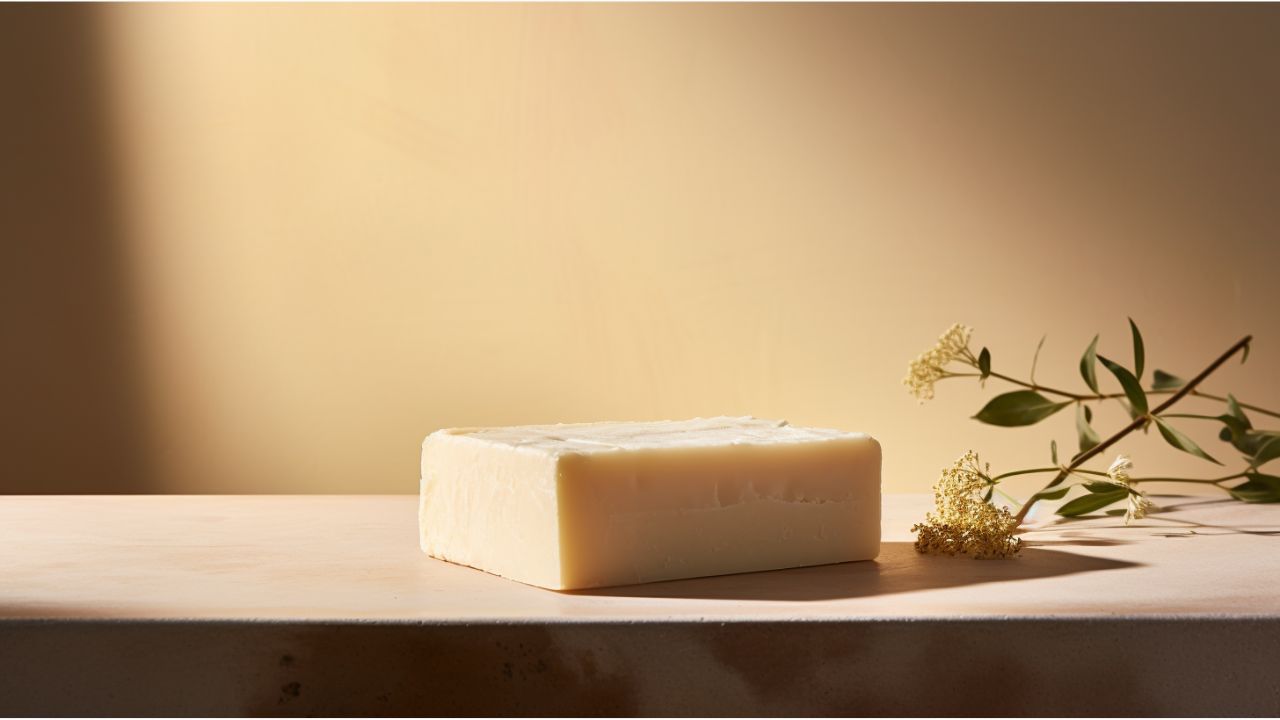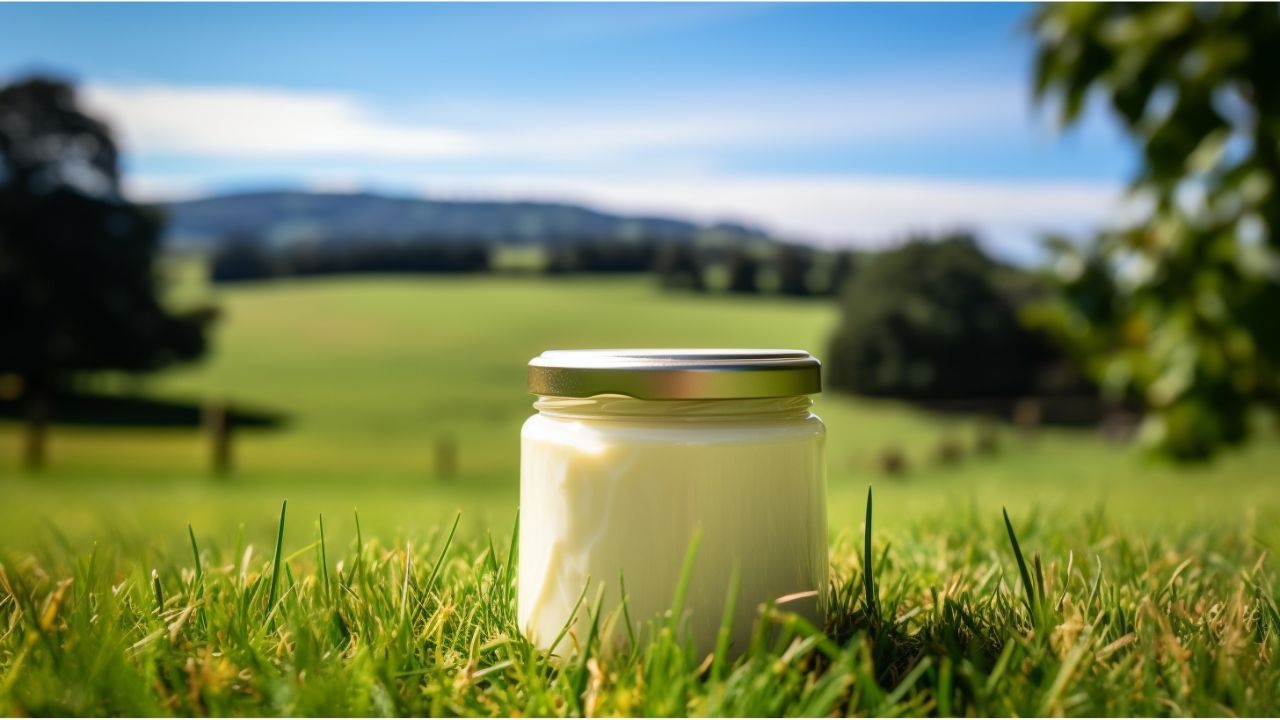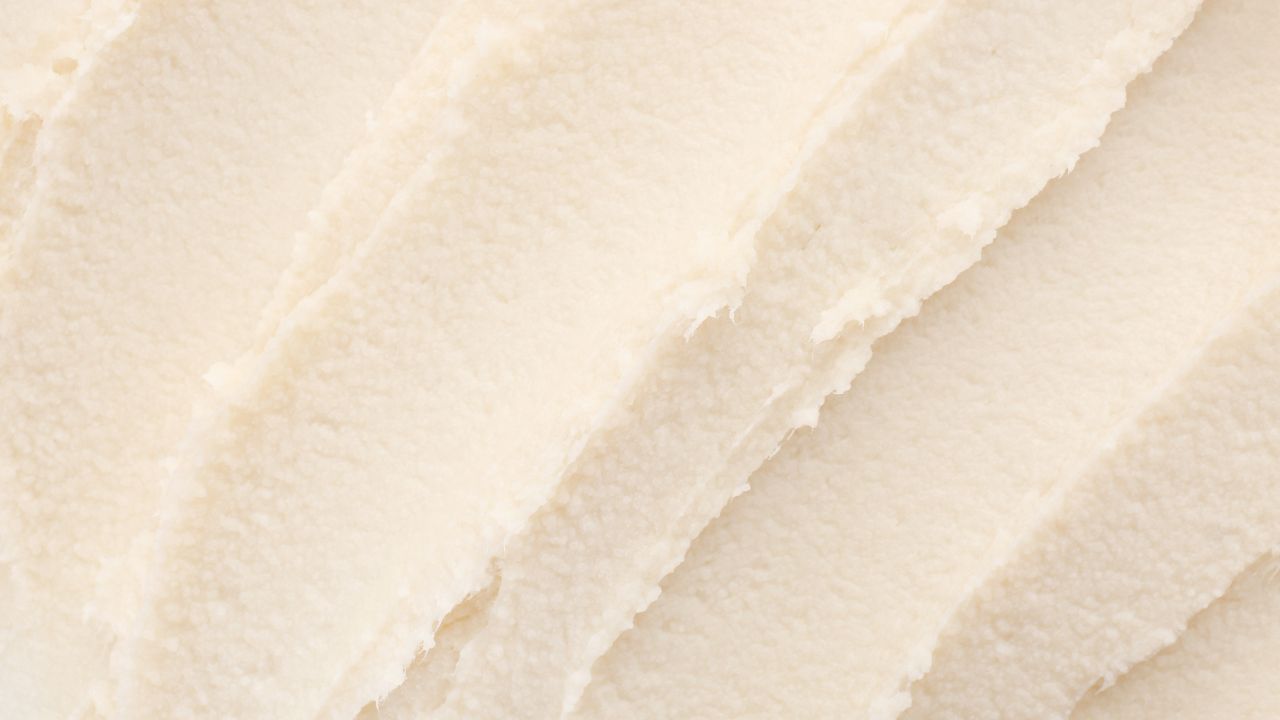
Shea Butter vs Tallow: Which One Will Transform Your Skin?
Explore 'Shea Butter vs. Tallow' in skincare: Unveil their unique benefits, and find out which one is perfect for your skin type!
If you're on a quest to revamp your skincare routine with natural ingredients, you've probably stumbled upon a plethora of options.
But today, let's zoom in on two standout choices that might just be the game changers you're looking for: shea butter and tallow.
These natural wonders have been making waves in the world of skincare, and for good reason. So, are you ready to discover which of these could be your skin's new best friend? Let's dive in!
Key Takeaways
- Shea Butter vs. Tallow: Shea butter is ideal for hydration and all skin types, while tallow is more nourishing, particularly for dry or mature skin.
- Rich in Nutrients: Both contain essential fatty acids and vitamins crucial for skin health, with shea butter high in linoleic acid and tallow mirroring human skin oils.
- Sustainable Choices: Opt for sustainably sourced, grass-fed tallow and organic, unrefined shea butter to support ethical skincare practices.
- Personalized Skincare: Experiment with these natural ingredients, starting with small amounts to see how your skin reacts and find what works best for you.
Understanding Shea Butter
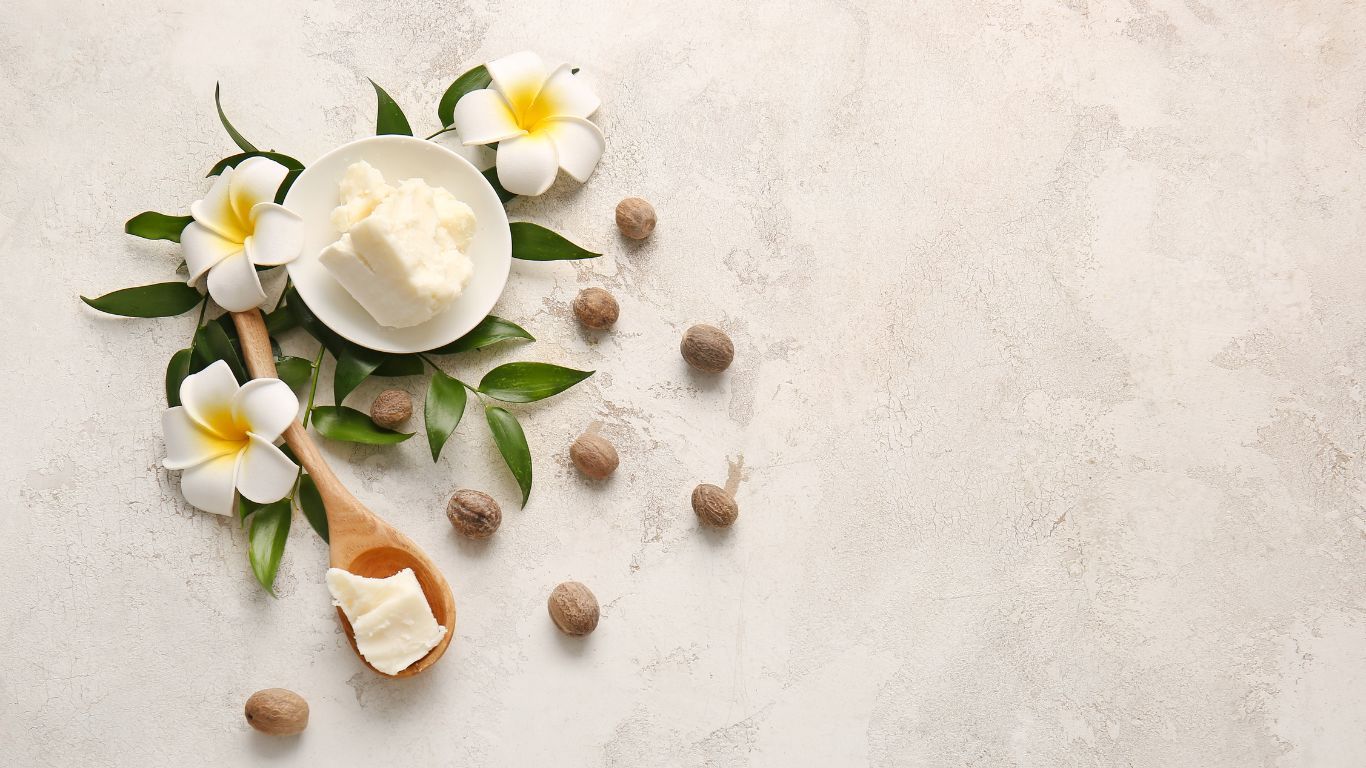
Origins and Composition
First up, let's talk about shea butter. Hailing from the seeds of the fruit of the Shea tree, predominantly found in Africa, shea butter is a rich, creamy substance that's been used for centuries in various cultures for its multitude of skin benefits.
It's packed with fatty acids like oleic and stearic acids, making it a heavyweight champion in the moisturizing arena.
But that's not all!
Key Benefits for Skin Health
Now, why should shea butter be a staple in your skincare arsenal? Here's the scoop:
- Moisturization Maestro: Its high concentration of natural vitamins and fatty acids makes it incredibly nourishing and moisturizing for the skin. It's like a drink of water for your skin, keeping it hydrated and plump.
- Soothing Superpower: Shea butter is known for its soothing properties, making it a go-to for anyone struggling with dry, itchy, or irritated skin.
- Anti-Aging Ally: The presence of antioxidants like vitamin E means shea butter can help reduce the signs of aging, keeping your skin looking youthful and radiant.
- Skin Strengthener: Regular use of shea butter can strengthen your skin by stimulating the production of collagen. More collagen equals firmer, more resilient skin.
Role in Hydration and Addressing Dry Skin
For those battling dry skin, shea butter is like a knight in shining armor. Its rich, emollient properties provide deep hydration, tackling dryness and flakiness head-on. It's particularly effective in the colder months when the skin tends to lose more moisture.
Comparison with Other Natural Oils
While shea butter is a star in its own right, how does it stack up against other natural oils like coconut oil, olive oil, and cocoa butter?
Each of these oils brings its unique set of benefits to the table.
- Coconut oil is known for its antimicrobial properties, making it great for acne-prone skin.
- Olive oil, rich in antioxidants, is fantastic for overall skin health and protection.
- Cocoa butter, like shea, is excellent for hydration and reducing stretch marks.
But here's the kicker – shea butter is non-comedogenic, meaning it won't clog your pores. This makes it a safer bet for a wider range of skin types, especially if you're prone to breakouts.
Exploring Tallow in Skincare
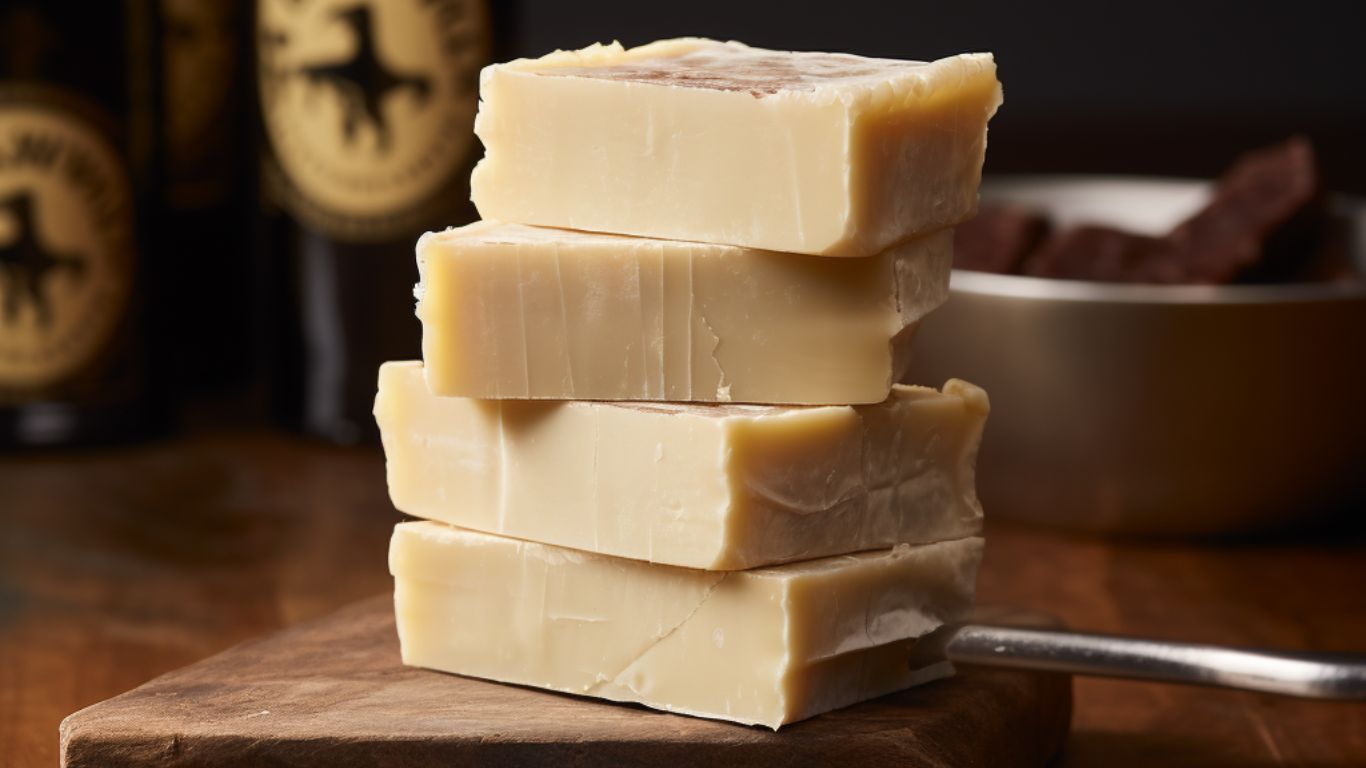
What is Tallow?
Now, let's shift gears and talk about tallow. You might be wondering, "What exactly is tallow?"
Well, it's rendered fat, typically sourced from cows or sheep, and has been a staple in traditional skincare for centuries.
Grass-fed tallow, in particular, is gaining popularity, and here's why: it's sourced from animals that have grazed on natural pastures, making it richer in nutrients compared to grain-fed counterparts.
Nutritional Profile: A Treasure Trove of Benefits
Tallow is like a multivitamin for your skin. It's brimming with essential fatty acids, which are the building blocks of healthy cell membranes.
Why Tallow is a Skincare Hero
So, what makes tallow a standout for your skin? Here are a few pointers:
- Vitamin E Galore: Known for its antioxidant properties, vitamin E in tallow fights off free radicals, helping to reduce the signs of aging.
- Enhancing Skin Elasticity: Tallow's unique composition closely resembles the oils naturally produced by our skin, making it exceptional in enhancing skin elasticity.
- Deep Nourishment: The rich and creamy texture of tallow provides deep nourishment, especially beneficial for dry and chapped skin.
Tallow in Skincare Products
You'll find tallow in various skincare products, from luxurious tallow creams and balms to handcrafted soaps.
These products harness tallow's natural benefits, offering a deeply nourishing and hydrating experience. Plus, they're often paired with other natural ingredients like essential oils, enhancing their benefits.
Comparative Analysis: Shea Butter vs Tallow
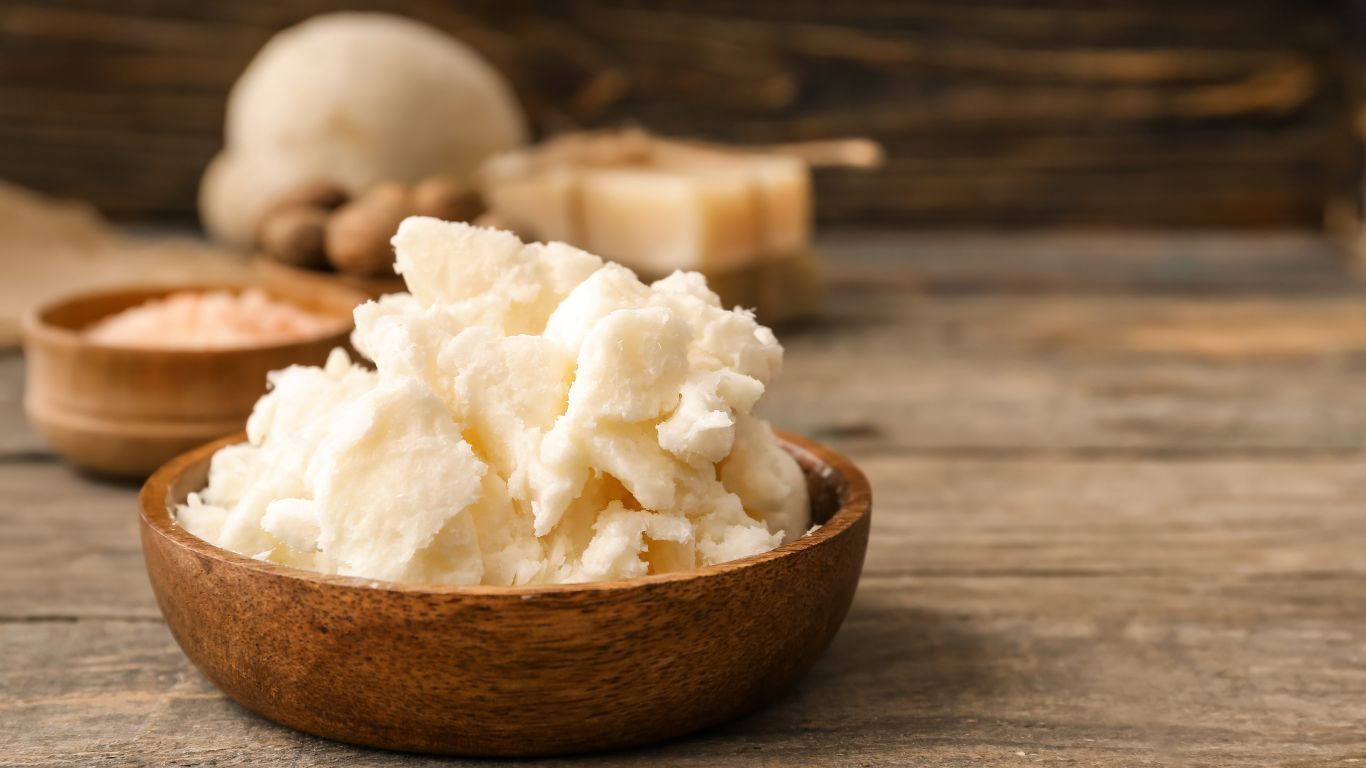
Breaking Down the Differences
So, shea butter or tallow – which one should you choose? Let's put them side by side:
- Fatty Acid Profiles: Both shea butter and tallow have unique fatty acid profiles. Shea butter is rich in oleic and stearic acids, great for moisturizing. Tallow, on the other hand, boasts a mix of palmitic, stearic, and oleic acids, closely mimicking the natural oils of human skin.
- Saturated Fats and Skin Nourishment: Tallow has a higher saturated fat content, which can be incredibly nourishing, especially for dry skin. Shea butter, while also nourishing, is lighter and may be preferred for normal to oily skin types.
- Suitability for Different Skin Types: Both Shea butter and Tallow are generally non-comedogenic, making it suitable for most skin types, including those prone to acne.
Considering Vegan Alternatives
Now, if you're vegan or prefer plant-based products, shea butter is clearly the way to go. It's a plant-derived, cruelty-free option.
For tallow enthusiasts, it's important to source products from ethical and sustainable farms to ensure quality and responsibility.
The Role of Essential Fatty Acids and Vitamins in Skincare
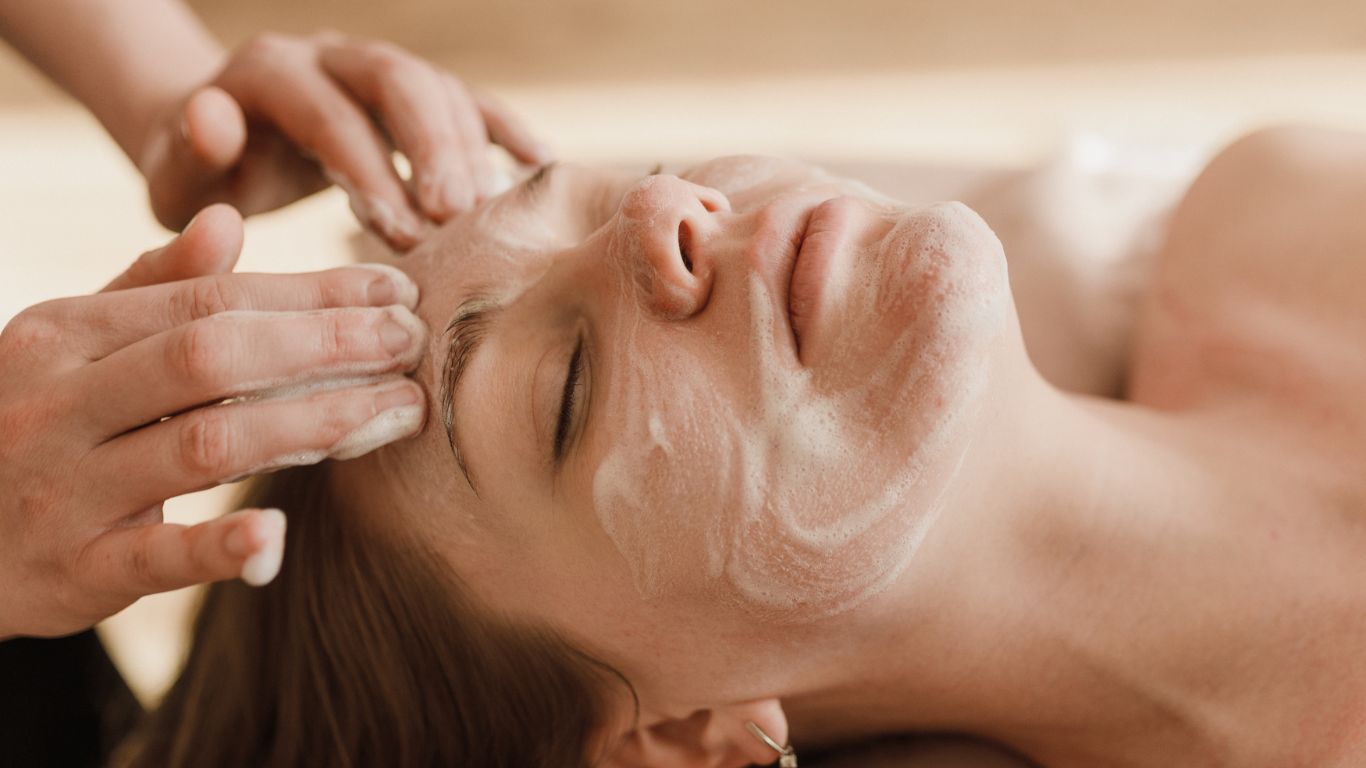
Essential Fatty Acids: Your Skin's Best Friends
Let's talk about essential fatty acids (EFAs) - they're like the unsung heroes of skincare.
Linoleic acid and conjugated linoleic acid are particularly noteworthy. Found in high concentrations in shea butter, these EFAs play a crucial role in maintaining the skin's barrier function and retaining moisture.
They're like the guardians that keep your skin hydrated and protected from environmental aggressors.
Vitamins: The Skin Health Boosters
Now, onto the vitamins! Both shea butter and tallow are rich in skin-loving vitamins like E and D.
- Vitamin E, a powerful antioxidant found abundantly in shea butter, helps combat oxidative stress caused by everyday exposure to pollutants and UV rays. This means it's working overtime to keep your skin looking youthful and radiant.
- Vitamin D, present in tallow, isn't just for bone health. It's essential for skin repair and rejuvenation, helping to keep your skin looking fresh and revitalized.
So, when you use products containing tallow or shea butter, you're not just moisturizing – you're giving your skin a dose of vitamin goodness!
How Shea Butter and Tallow Contribute
Both shea butter and tallow contribute uniquely to these aspects. Shea butter's rich linoleic acid content makes it excellent for repairing the skin's barrier, while tallow's similarity to human skin oils means it can provide unparalleled nourishment and protection, especially for dry or mature skin types.
Environmental and Ethical Considerations in Skincare
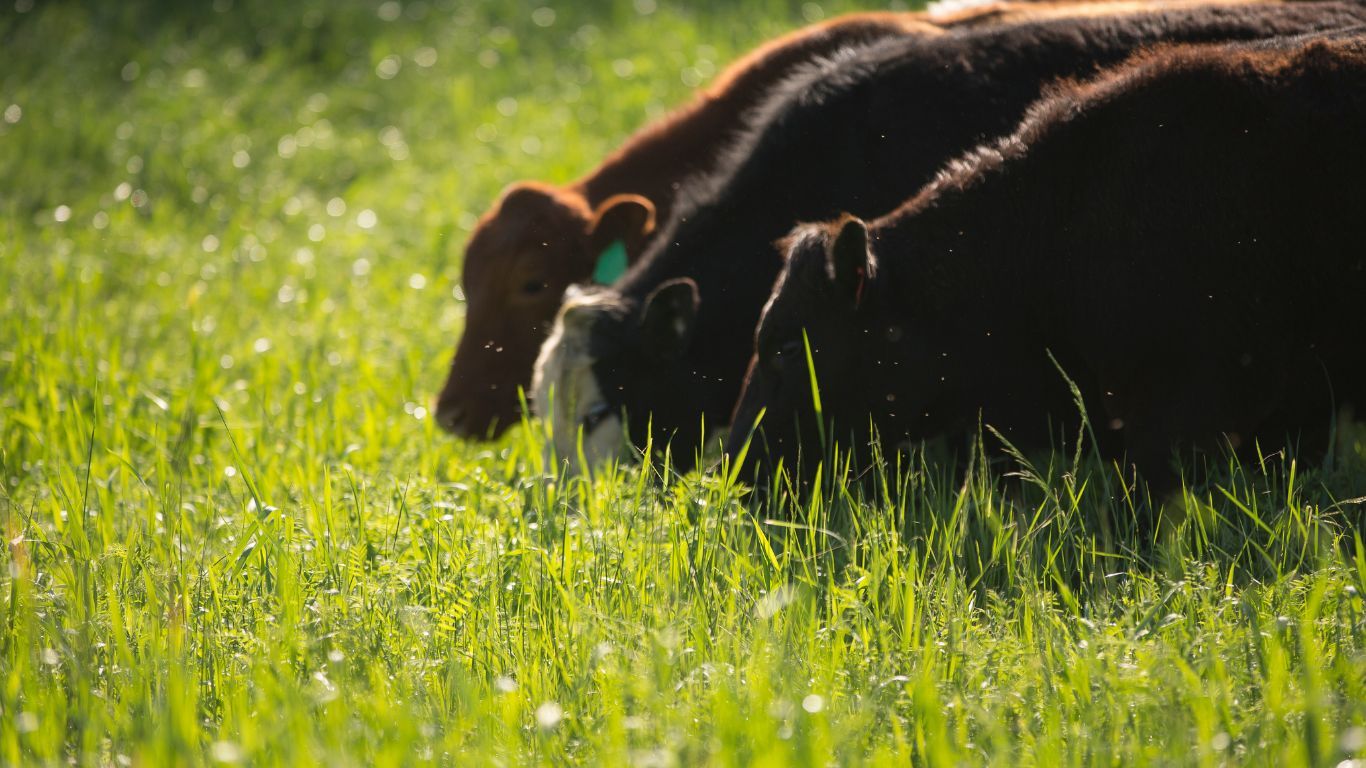
Sustainable Sourcing: Beyond Just Skincare Benefits
When it comes to natural skincare, how the ingredients are sourced matters. Grass-fed tallow is a great example.
Sourcing from grass-fed cows not only ensures a higher quality product but also supports sustainable farming practices. Grass-fed cows are typically raised in better conditions, leading to not only better quality fat but also a more ethical choice.
Organic Practices: A Win for Your Skin and the Planet
Organic practices in sourcing shea butter mean fewer pesticides and chemicals, which is not only better for your skin but also for the environment.
By choosing products with organically sourced ingredients, you're making a choice that benefits both your skin and the planet.
The Ethics of Animal Fats vs. Plant-Based Options
Here's a crucial point to ponder: the ethics of using animal fats like tallow versus plant-based options like shea butter.
If you're vegan or prefer plant-based products, shea butter is an ethical and sustainable choice. It's derived from plants and doesn't harm animals.
For those who don't mind using animal products, it's important to consider how the animals are raised. Ethically sourced tallow from pasture-raised cows can be a sustainable choice, but it's vital to do your research and choose brands that align with these values.
The Environmental Impact
Lastly, let's talk about the environmental impact. Grass-fed, pasture-raised practices generally have a lower environmental footprint compared to conventional farming methods. They support biodiversity and healthier ecosystems.
On the other hand, sustainably sourced plant ingredients like shea butter also promote environmental well-being, especially when sourced from communities that practice responsible farming methods.
Practical Tips for Incorporating Shea Butter and Tallow into Your Skincare Routine
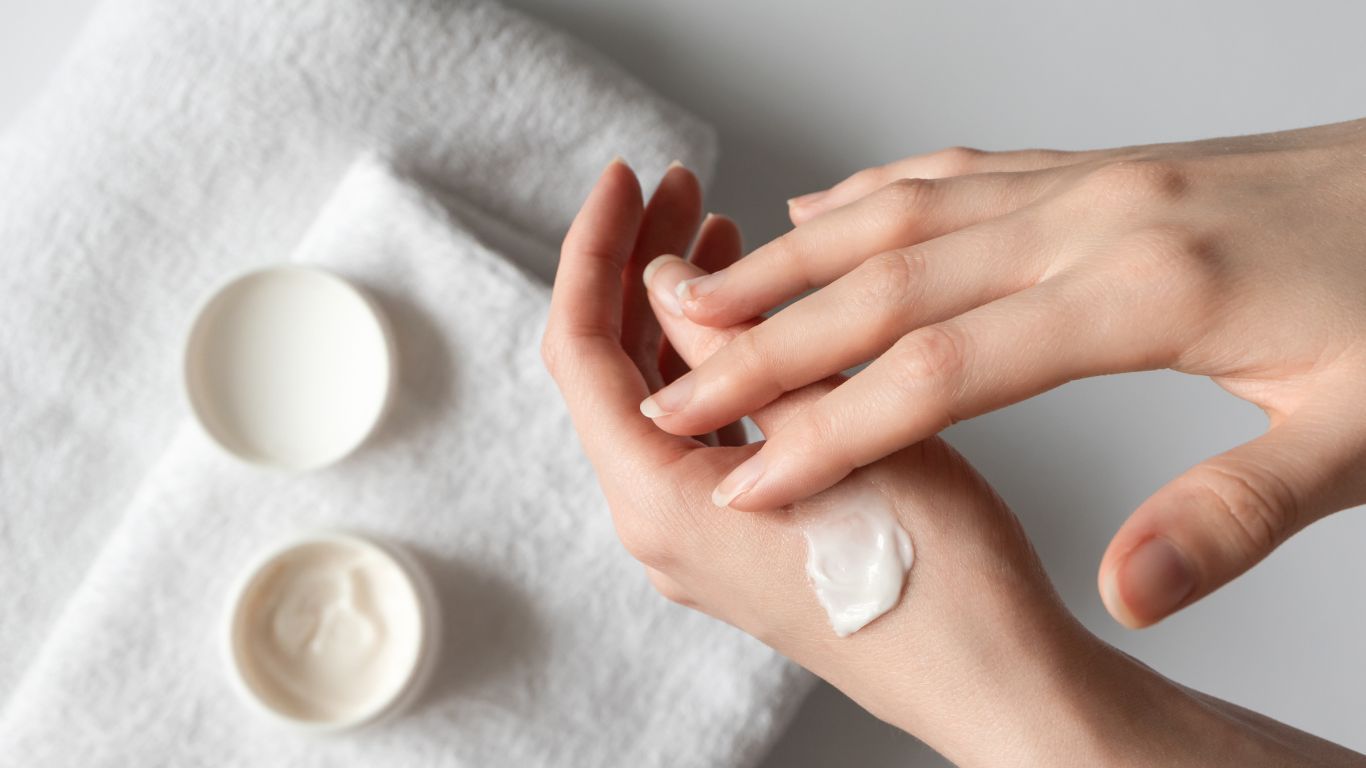
Maximizing Benefits in Daily Use
So, you're ready to add shea butter or tallow to your skincare regimen? Here's how to get the most out of these natural wonders:
- For Shea Butter: Use it as a daily moisturizer. Just a small dab can be spread thinly over your face and body. It's particularly effective right after a shower to lock in moisture.
- For Tallow: It's rich, so a little goes a long way. Warm it between your fingers and apply it to particularly dry areas. It's excellent as a night cream or for spot treatment on dry patches.
DIY Recipes and Homemade Skincare Tips
If you're into DIY skincare, both shea butter and tallow offer a world of possibilities. Here are a couple of simple ideas:
- Whipped Shea Butter Lotion: Combine shea butter with a carrier oil like coconut or almond oil and whip it until fluffy. Add a few drops of your favorite essential oil for fragrance.
- Tallow Cream/Balm: Mix tallow with a bit of olive oil and essential oils for a luxurious, natural balm. Great for hands, elbows, and knees.
>>RELATED DIY Tallow Face Cream: A Pathway to Glowing Skin
Smart Purchasing Tips
When shopping for shea butter or tallow, keep these pointers in mind:
- Look for unrefined shea butter; it retains more nutrients.
- Choose a grass-fed tallow for the highest quality.
- Opt for small-batch products; they're often fresher and more carefully crafted.
- Preservative-free is the way to go to avoid unwanted chemicals.
Frequently Asked Questions
How long do shea butter and tallow last?
Both can have long shelf lives when stored properly – usually up to a year. Keep them in cool, dry places to maintain their quality.
Can they clog pores or irritate sensitive skin?
Both Shea butter and Tallow are non-comedogenic and generally safe for sensitive skin.
Is tallow or shea butter better for the skin?
Tallow is great for dry skin because it's very rich and nourishing. Shea butter is better for all skin types as it's lighter.
What are the disadvantages of tallow?
Not suitable for vegans, as it comes from animal fat.
Before You Go...
